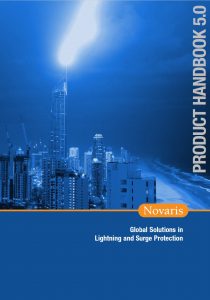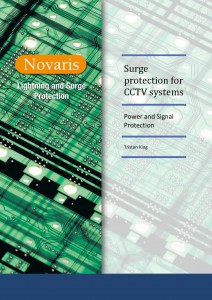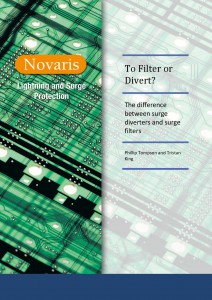In this section you will find articles produced by staff at Novaris to provide you a deeper understanding of our products, about lightning protection and some tools to help you choose the right lightning protection for you situation.
We pride ourselves on the quality of our products and want to ensure that they are installed properly, protecting you with the best lightning and surge protection possible.
Catalogues contain our long form product guides including the latest Novaris product handbook
Application Notes contain application specific guides
Technical Articles contain whitepapers discussing surge protection technology aspects



